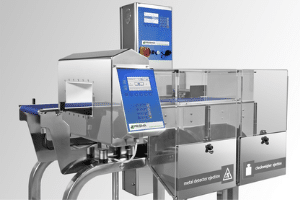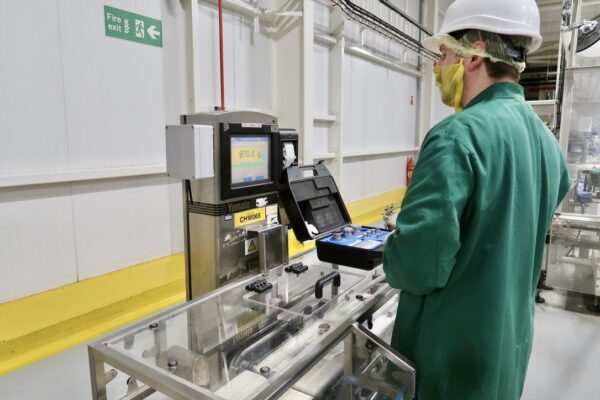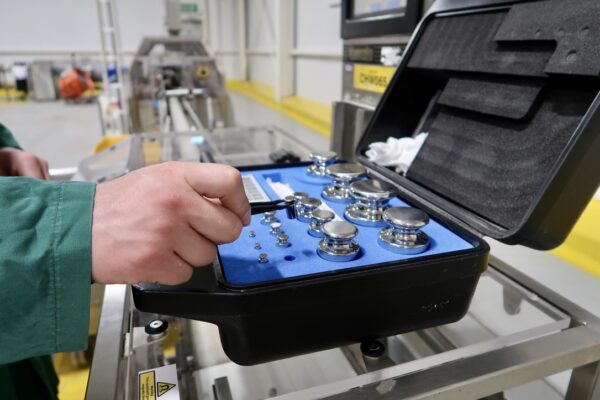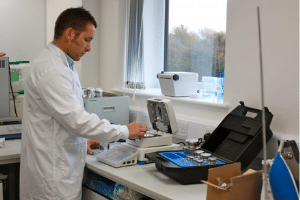Lung Cancer Breakthrough: New Lab Technique Could Transform Treatment and Early Detection
A pioneering study conducted at the Cancer Research UK Manchester Institute has taken a significant step forward in the battle against one of the most common, yet hardest to treat, forms of lung cancer – lung squamous cell carcinoma (LUSC).
The breakthrough not only provides new hope for patients with this disease but could also open new frontiers in the treatment and understanding of a range of other cancers.
Turning Healthy Cells into Cancer for Research
In a world-first approach, researchers successfully turned healthy donor lung cells into cancerous cells in the laboratory – recreating LUSC, a major type of non-small cell lung cancer (NSCLC).
This complex process was replicated across cells from all three healthy donors, using advanced scientific techniques including CRISPR gene editing.
The significance of this development lies in its accuracy. LUSC remains one of the main types of NSCLC, the most common form of lung cancer, yet the medical world has struggled for decades with limited treatment options and poor survival outcomes.
According to NHS data, only 20% of lung cancer patients in England survive for five years or more.
A New Model with Powerful Potential
By recreating the early stages of LUSC in a laboratory setting, scientists now have a valuable tool for observing how the disease develops at its earliest, often undetectable, stages.
This opens the door to vastly improved early detection methods – a critical factor in improving survival rates.
Cancer Research UK’s Executive Director of Research and Innovation commented on the breakthrough, acknowledging both the grim survival statistics and the harsh reality that even successfully treated patients often face long-term side effects from current therapies.
The executive director stated that this is the kind of research that changes the future of cancer treatment. What’s more, being able to model this type of lung cancer in a laboratory gives them an unprecedented view of how cancer cells respond to potential treatments, long before clinical trials on patients even begin.
Moving Away from Animal Testing
Perhaps one of the most exciting prospects of this new modelling technique is its potential to reduce – and possibly even replace – the reliance on animal testing in early-stage cancer research.
Traditional trials on animals often fail to accurately reproduce results in humans, slowing the development of effective treatments.
This cell-based model not only provides a more human-relevant system but also allows for faster, scalable experimentation. This could dramatically accelerate the pace at which new drugs and treatment strategies are developed.
A fellow from the Cancer Research UK Manchester Institute further emphasised this point, expressing that with this new strategy to model LUSC, they are in a far stronger position to understand how this disease grows and spreads. Developments like these give them a real opportunity to speed up research and create more targeted, effective therapies.
Looking Ahead: A New Era in Cancer Research
This discovery marks a significant milestone in the ongoing fight against lung cancer. By harnessing cutting-edge technologies like CRISPR and cell modelling, researchers are moving closer to a future where cancer can not only be treated more effectively but potentially detected earlier than ever before.
While further research is still needed, the implications of this breakthrough extend beyond LUSC alone. The modelling technique could be adapted to study other cancers, refine treatment approaches, and drive innovation in drug development for years to come.
In a field where progress can feel frustratingly slow, this new research offers a welcome glimpse of hope – proof that science continues to find new ways to outsmart cancer, bringing us ever closer to better outcomes for patients worldwide.
News Credits: Lab-grown lung cancer cells show potential to revolutionise treatment
Things you may also like:




















